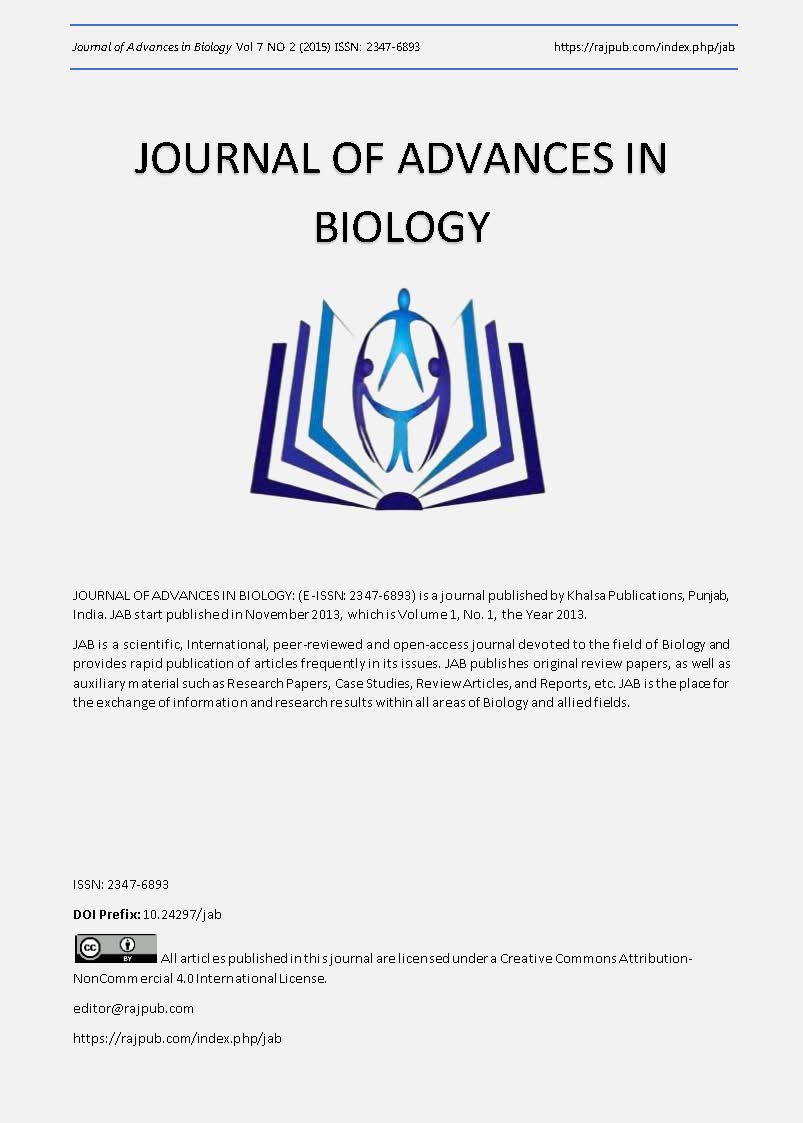Efficiency of some soil mite speciesas a biocontrol of Rhizoctonia solani damping off and root rot diseases in cotton
DOI:
https://doi.org/10.24297/jab.v7i2.4572Keywords:
Xylobates lophotrichus, Xylobates capucinus, Biocontrol, Rhizoctonia solani, Root rot, Damping off, CottonAbstract
The present study attempt to deal with the pathogenic fungus Rhizoctonia solani as a nutritional regime for different soil mite species under laboratory conditions. Eight oribatid mite species were chosen viz: Cilioppia difficilis, Xylobates capucinus, Javacarus k ¼hneltii, Xylobates lophotrichus, Rhysotritia ardua ardua, Epilohmannia pallida aegyptica, Nothrus biciliatus andonegamasid species(Uropodidae)Leiodinychus karmerifor our study. In pre-equipped rearing vials under laboratory conditions, all obtained mite species were tested towards the pathogenic fungus Rhizoctonia.Solanias food item.Two oribatid mite species X. lophotrichus and X. capucinusShowed a successful role as bio-control agents againstR.solani damping off and root rot symptoms in cotton in both sterilized and non-sterilized soil. Laboratory results showed that, the two tested mite species were found to reduce significantly the incidence of cotton seedling diseases (damping off, root rot and stem cankers) caused by R. solani. A better suppression was occurred in non-sterilized soil than the sterilized one. Incorporation of tested two mite species to soilwere found to enhance plant health and cause quantitative changes in fungal populations of R. solani , as indicated by the low colonization index of fungal hyphae on roots of cotton plants when cultured on agar.
Downloads
Downloads
Published
How to Cite
Issue
Section
License
 All articles published in Journal of Advances in Linguistics are licensed under a Creative Commons Attribution 4.0 International License.
All articles published in Journal of Advances in Linguistics are licensed under a Creative Commons Attribution 4.0 International License.




